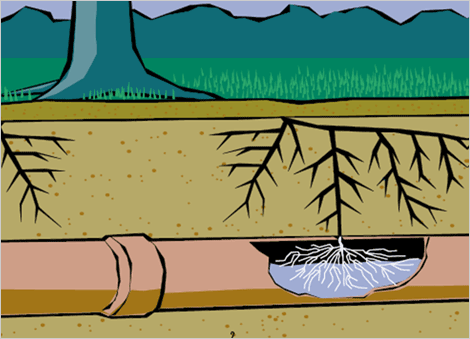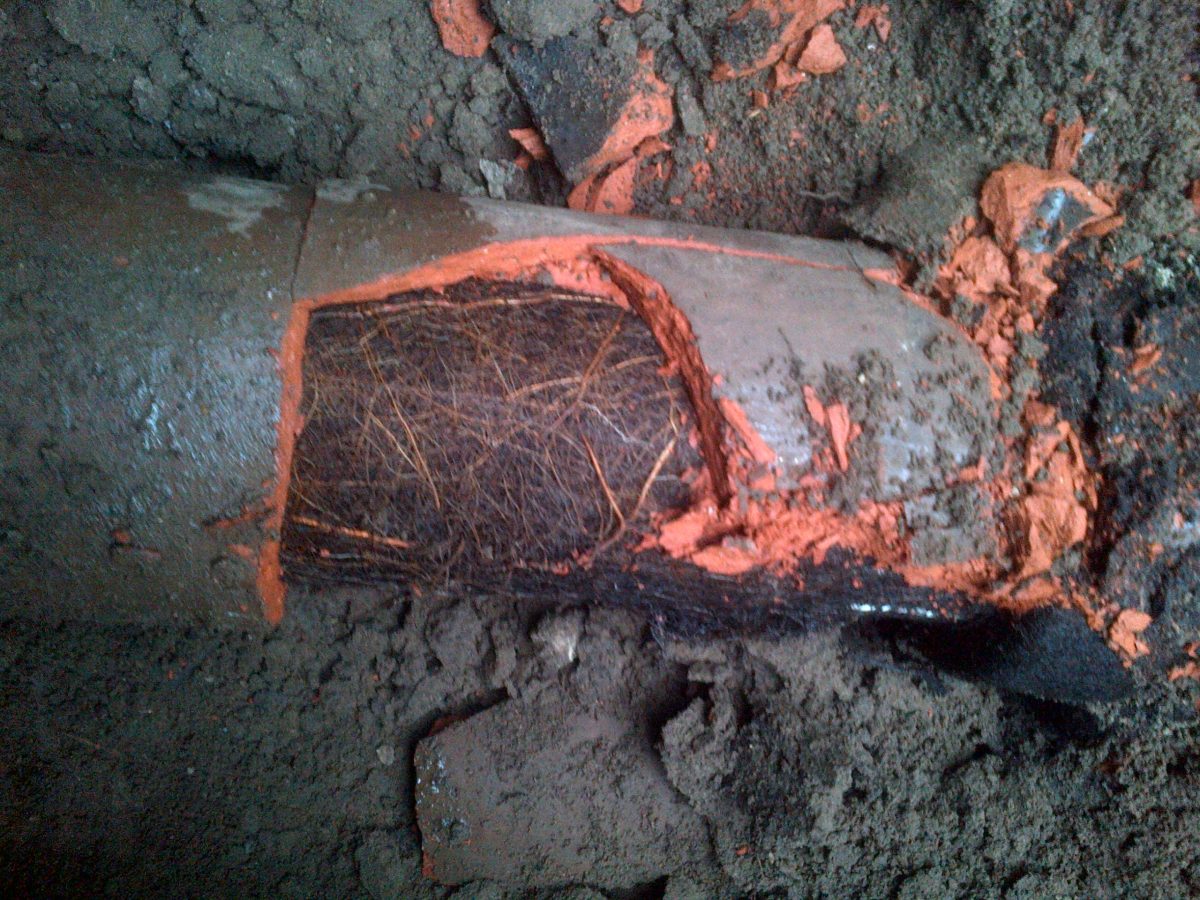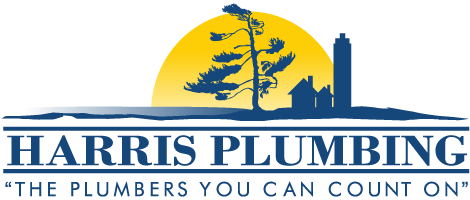
Sewer lines require maintenance to remain in-order and to function with ease. However, over time, tree root growth, ground shifts, weather threats, and age can threaten the stability of your sewage system as pipes can burst and break down.
Whether you need main sewer line repair and replacement, or need to have your pipes cleaned, you should always consult a certified plumber or sewer specialist to address and solve your sewer line & septic tank issues.
In this article, we explore the many concerns and questions you may have with your sewer line, as well as your septic line:
The Difference Between Septic & Sewer Systems
A septic system is believed to be a more eco-friendly solution and offers homeowners control over their drainage systems. However, these systems can be less convenient, and if they break down, the homeowner will have to pay the maintenance fees on their own.
A sewer system is often believed to be the cheaper option and involves little maintenance by the homeowner. Municipalities fund these systems as they are owned, regulated, and maintained by the town. A basic home sewer system involves the simple washing and flushing of water and waste down a drain or toilet. However, a sewer system connects many homes into one drain and should back up occur, many people will be affected.
How Does A Sewer Line Work?
Your home’s sewer system is connected through a network of pipes that transfer and ventilate sewage waste. All of the drains in your home meet below your home and filter into a main drain that carries waste into your city’s municipal sewer or septic line.
How Does A Septic Line Work?
A septic system involves the installation of a tank that is placed under the soil next to the property is it supporting. Waste and water filters into a pipe below the home and is filtered into a drain field. Once inside the tank, the water splits into layers – a scum layer, a sludge layer, and water. This wastewater is then led through pipes that remove the scum layer and ventilate gases through a pipe that protrudes from the home’s roof. The leftover wastewater is lead to a drain field.
The Cause of Sewer Line Issues

Sewer pipelines are vulnerable, and cracks in pipelines can cause property damage, contamination, and serious health issues for residents. Bursts, corrosion, and cracks can occur for a number of reasons, including:
- Pipe aging
- City sewer backup
- Weather and shifts in the ground
- Tree root growth
- Lack of maintenance, etc.
Signs Your Sewer Pipe Needs Replacing or Repairing
Your sewer pipeline likely needs replacing or repairing if you hear gurgling sounds coming from your drain or toilet, if water has completely drained from your toilet, if your systems will not drain, if you notice sewage back up in your sinks, bathtub, or toilet, or if you smell or taste any changes in your water.
You may also notice a sewage smell in your yard or flooding in your basement, as sewage may not be transferring into the city sewer line as intended.
Preventing Sewer Issues
It is important to be aware of where your sewer and septic lines are located, especially in relation to trees and their growing roots. Should your sewer or septic lines live close to trees, be sure to consider creating a barrier and make yourself aware of the warning signs – should roots disrupt your system.
Other considerations to make include:
- Keep drains clear and unclogged from debris and hair build up
- Never wash grease, chemicals, oil, food, or paper products down the drain
- Never flush feminine hygiene products or baby wipes – even if they say “flushable” (they are not)
- Hire a trained plumber to perform regular maintenance checks
What To Do In A Sewer Emergency
If your pipes are backed up or overflowing, turn off your water supply. Should you have any leaks, place a bucket or bin beneath the leak to prevent home damage. Call a plumber to come and assess the issue.
What To Do In A Septic Emergency
Should you find sewage in your home, lift the lid of your septic tank and check the water level. If the water is below the indicated level, your tank may be clogged, and you’ll need to call a plumber. If the water is higher than the level, you’ll likely need your tank pumped to allow a plumber to investigate the issue.
Note: To protect your health, stay out of contact with sewage waste.
Our Repair Process
Our process for fixing sewer lines typically follows the following procedure:
- Arrive on the scene to assess the issue
- Snake the drain to remove any build up
- Send a camera into the drain to locate the main cause of backup
- Should a snake not be powerful enough to remove a clog, we will use a high-pressure water jet.
- If the line is broken, we will need to access and fix the problem area. If the entire system needs replacement, we will provide a report of what needs to be accomplished. This may take a few days – depending on the location and severity of the issue.
For more information on our services, please visit our Septic & Sewer Lines page
Contact Harris Plumbing Today
At Harris Plumbing, our professional team is equipped to clean, repair, and maintain your pipes and drains. Whether you need a full replacement or repair, our team is capable of addressing your unique septic or sewer issue and providing the solution you need.Servicing Barrie, Orillia, Muskoka, Huntsville, Aurora, Newmarket, Richmond Hill, Georgina, and beyond – we’re there when you need us.
[maxbutton id=”1″ ]

